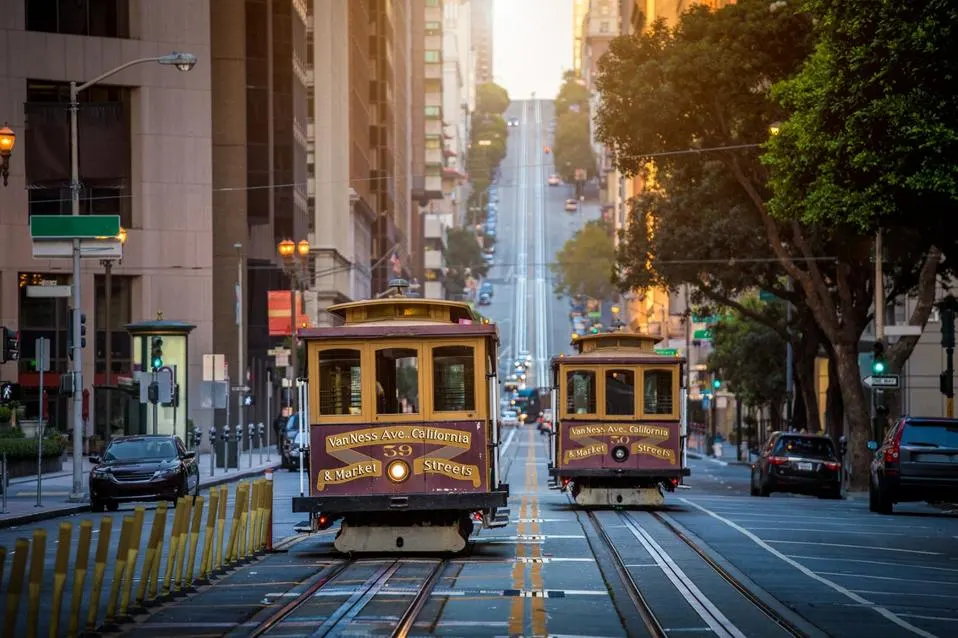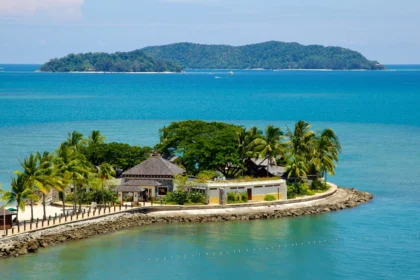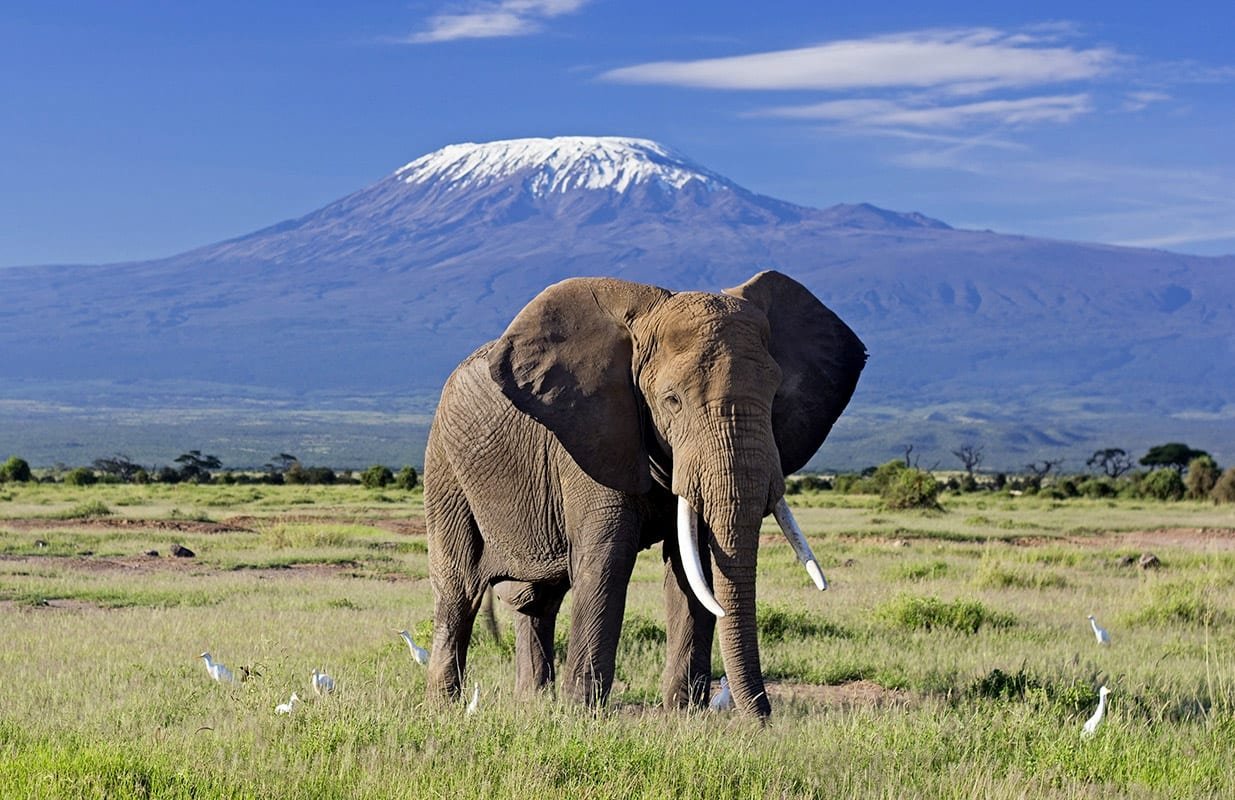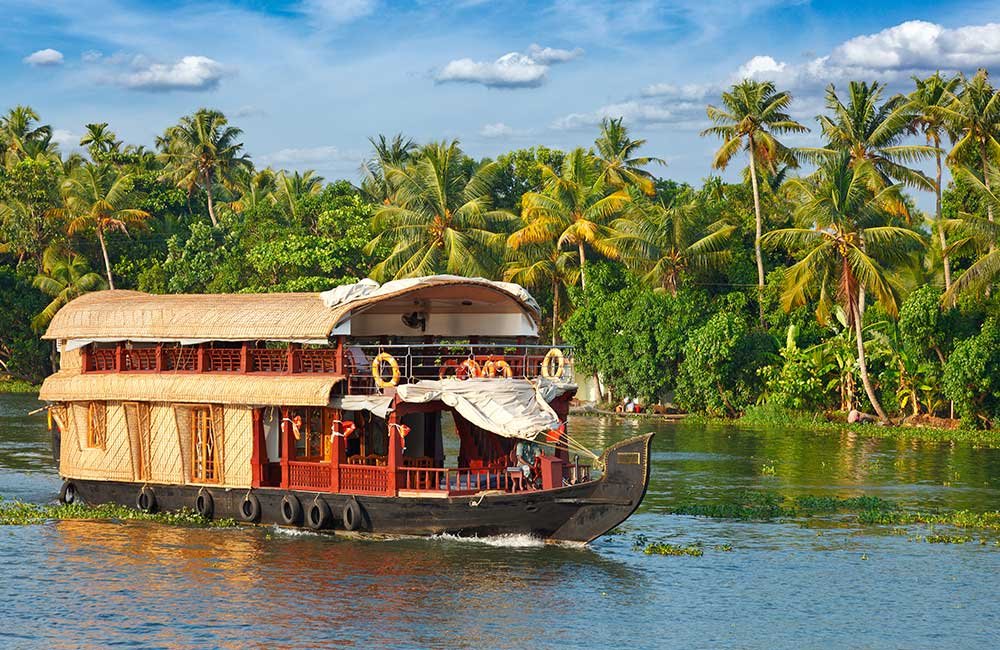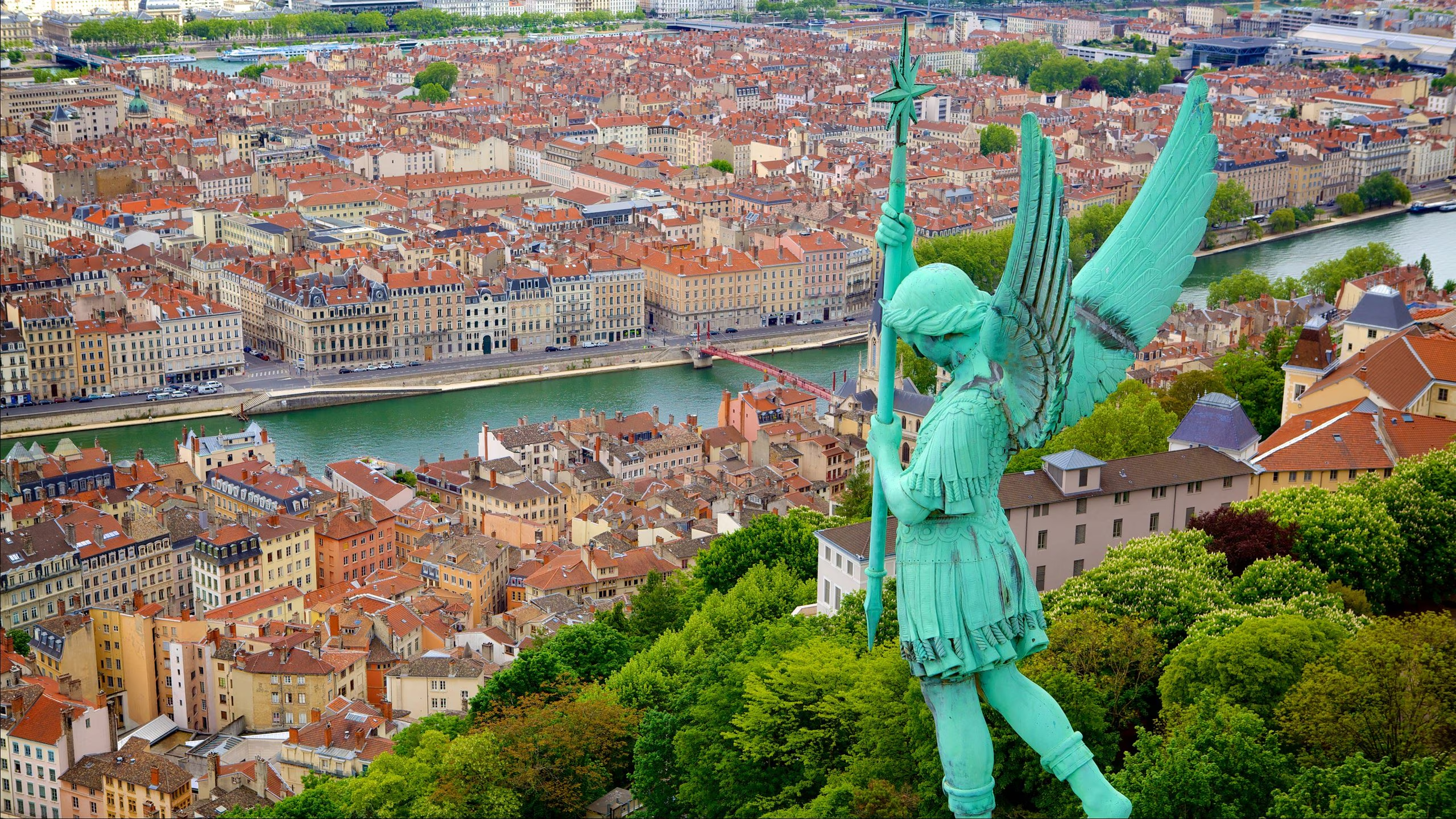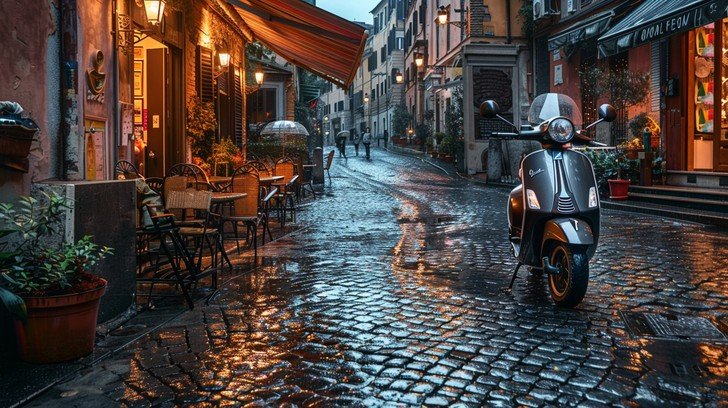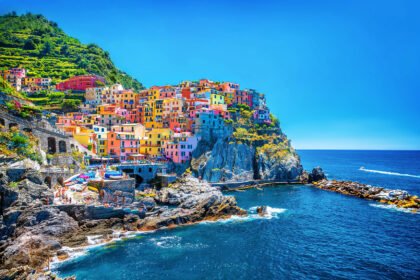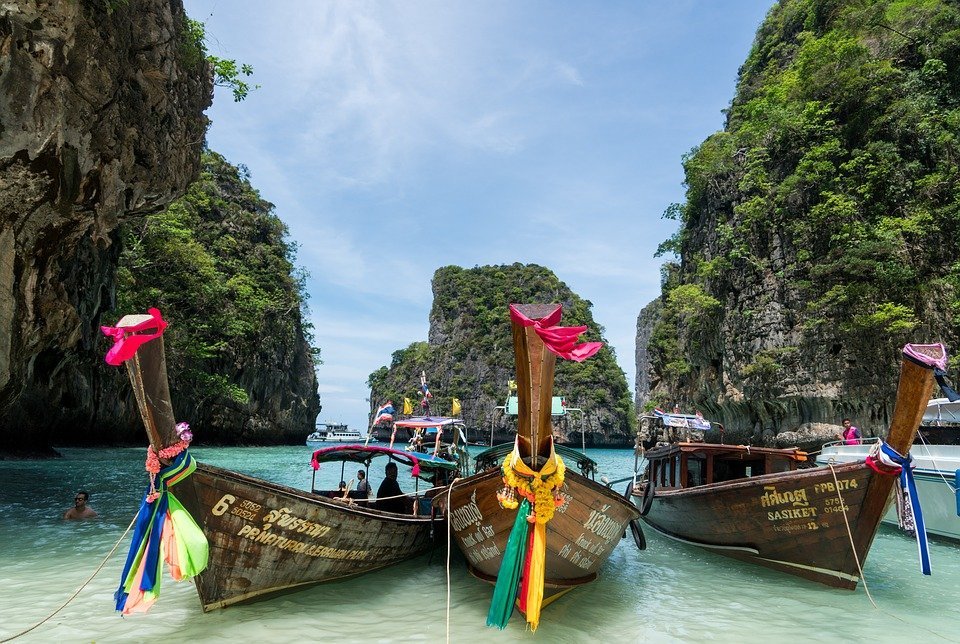Welcome to Kumamoto, a beautiful city with a lot of history on Kyushu, Japan’s southern island. This place gives you a real taste of Japan’s cultural and natural beauty. It has the beautiful Kumamoto Castle, the stunning volcanic landscape of Mount Aso, and the delicious local food.
This Kumamoto travel guide will show you the real heart of the city, beyond the usual tourist spots. Kumamoto is a place where the old and the new come together perfectly. You can learn about samurai history that goes back hundreds of years, relax in volcanic hot springs, or eat horse sashimi (basashi) that melts in your mouth.
Kumamoto is different from Japan’s busy cities like Tokyo and Osaka because it is slower, more welcoming, and has a strong connection to nature and tradition. It’s the perfect place for people who want to see history, nature, and try new foods.
1. A Look at Kumamoto’s History and Spirit
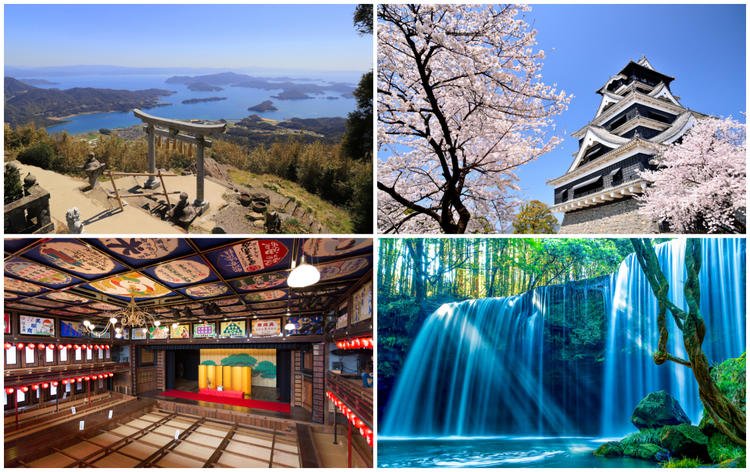
For a long time, people have thought of Kumamoto as the cultural center of Kyushu. The Hosokawa clan ruled the area from 1603 to 1868. They left a lasting mark on the region through their art, architecture, and government.
Kumamoto Castle, the city’s most famous landmark, stands for strength because of its history and the way it bounced back after the terrible earthquake in 2016. The rebuilding of the castle has become a source of pride and determination for the people of the area.
Kumamoto is also known for being the home of Miyamoto Musashi, Japan’s most famous samurai and the author of The Book of Five Rings. The region’s spirit of discipline, art, and swordsmanship still shows how much he meant to them.
Any good Kumamoto travel guide should start with this historical depth, which helps visitors understand not only what to see but also why these places are important.
2. Kumamoto Castle: A Beautiful and Strong Symbol
The Castle’s History
One of Japan’s most important and beautiful castles is Kumamoto Castle. Kato Kiyomasa, a famous feudal lord and military engineer, built the castle complex in 1607. It had new defensive features like steep stone walls (“musha-gaeshi”) and wooden overhangs that made it almost impossible for enemies to get in.
The 2016 earthquake caused a lot of damage, but restoration work has brought back a lot of its former glory. Today, visitors can walk around the outer grounds, explore the restored turrets, and learn about the castle’s interesting history at the museum on the property.
What to Look At
- Main Keep (Tenshukaku): Restored and reopened with exhibits about Kumamoto’s samurai history and panoramic city views.
- Honmaru Goten Palace: Rebuilt interiors showing off beautiful Edo-period design and art.
- Castle Gardens and Cherry Blossoms: In spring, pink blossoms fill the grounds, making it one of Kyushu’s most photogenic places.
Advice for Visitors
- Getting There: From Kumamoto Station, take a tram to Kumamotojo-mae stop (about 15 minutes).
- Time Needed: 2 to 3 hours to see everything.
- Best Time to Visit: Late March or April for cherry blossoms, or late autumn for bright foliage.
Kumamoto Castle is more than just a tourist spot; it’s a living example of Japanese craftsmanship, strength, and cultural pride.
3. Mount Aso’s Natural Beauty
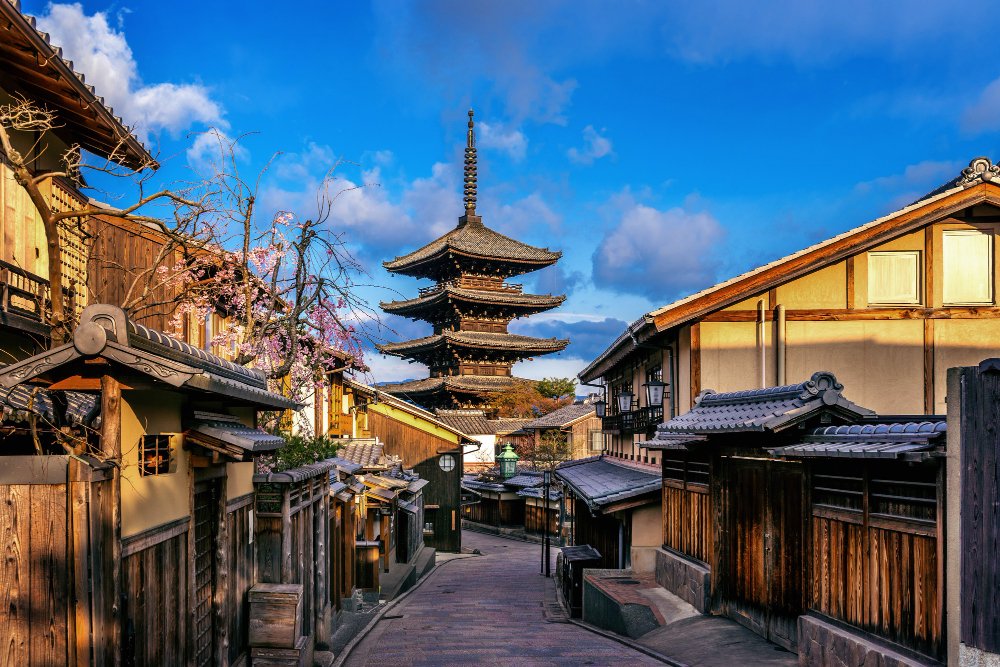
The Biggest Active Volcano in Japan
Mount Aso is one of the largest volcanic calderas in the world and is the main feature of Kumamoto’s natural landscape, located in Aso-Kuju National Park. Not only is it a mountain, but it is also a huge geological wonder that has shaped the surrounding culture and ecosystem for centuries.
The Aso caldera is more than 25 kilometers across and includes green grasslands, small villages, and five main peaks that make up Aso Gogaku (Mount Neko, Mount Taka, Mount Eboshi, Mount Kishima, and Mount Nakadake).
The Best Things to Do Near Mount Aso
- Mount Nakadake Crater: The most active volcanic crater, accessible when conditions allow. Visitors can see steam rising and smell sulfuric gases — an otherworldly experience.
- Aso Volcano Museum: Offers geological information and live updates on volcanic activity.
- Daikanbo Lookout: Ideal for photographers with wide-angle views of the caldera.
- Aso Shrine: One of Japan’s oldest Shinto shrines, representing harmony between people and nature.
- Kusasenri Plateau: A peaceful grassland area perfect for horseback riding or mountain air relaxation.
How to Get There
Take the JR Hohi Line train from Kumamoto City to Aso (about 90 minutes). Local buses and tours that go to the crater and main viewpoints leave from Aso Station.
Advice for Travelers
- Weather Note: The summit may close temporarily because of volcanic gases or wind. Check the weather ahead.
- Bring Layers: Even in summer, it can be cold at the top.
- Best Time to Visit: Spring and fall for the best weather and visibility.
Mount Aso is a must-see for nature lovers and photographers, showcasing Kyushu’s wild beauty.
4. Local Food: Get to Know the Heart of Kumamoto
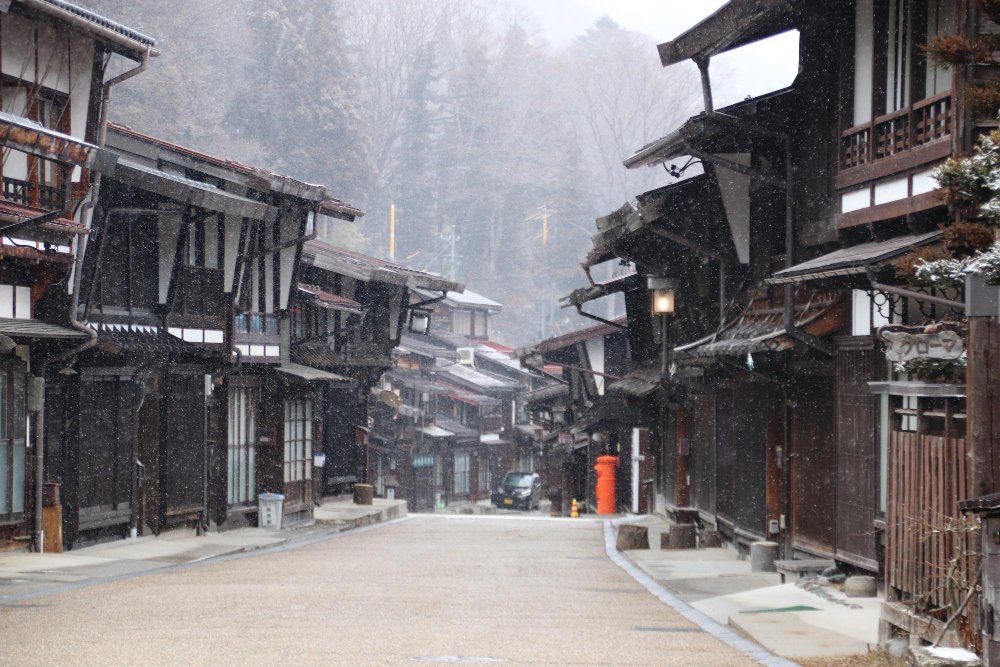
People all over the world love Japanese food, but Kumamoto’s local food scene is special because of its strong flavors, farm-fresh ingredients, and unique regional dishes. Eating here is a cultural experience in itself.
Kumamoto Foods You Have to Try
- Basashi (Horse Sashimi): Kumamoto’s most famous dish, served thinly sliced and cold with soy sauce, grated ginger, and garlic.
- Tonkotsu Ramen (Kumamoto Style): Milder pork broth topped with fried garlic chips and sesame oil.
- Taipien: Chinese-inspired vermicelli soup with shrimp and vegetables.
- Ikinari Dango: Steamed sweet potatoes and red bean paste wrapped in mochi.
- Karashi Renkon (Spicy Lotus Root): Lotus root stuffed with mustard and miso paste, then deep-fried.
Best Places to Eat
- Katsuretsutei: Famous for juicy pork cutlets and local food.
- Ajisen Ramen (Original Branch): Beloved ramen chain that started in Kumamoto.
- Kumamoto Sakaba District (Shimotori/Kamitori): Great for small plates and local sake.
- Aso Farm Village Restaurants: Serve meals with local vegetables and beef.
Food is a big part of this Kumamoto travel guide because the area’s volcanic soil, clean water, and strong local pride all shape its culinary identity.
5. Day Trips and Things to Do Nearby
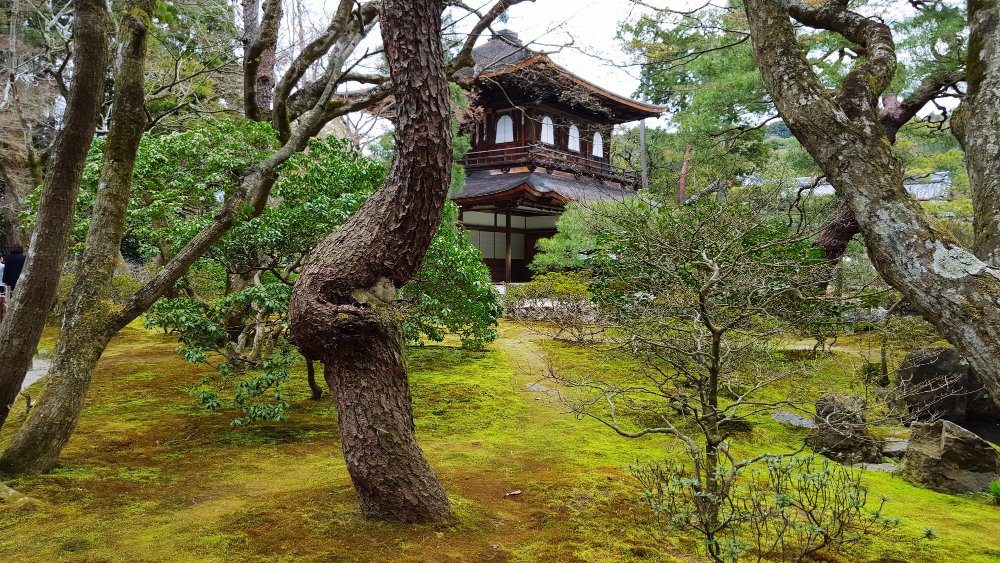
You have to see Kumamoto City and Mount Aso, but the area around them is full of hidden gems worth exploring.
Islands of Amakusa
Amakusa is a chain of islands off Kumamoto’s western coast known for scenic views, dolphin watching, and early Christian history. The Amakusa Shiro Memorial Hall tells the story of Christian persecution during the Edo period. The islands’ beaches and seafood make for a peaceful getaway.
Kurokawa Onsen
One of Japan’s most beautiful hot spring towns with traditional ryokans and open-air baths surrounded by forest. Visitors can buy an onsen-hopping pass to try out multiple baths across different inns.
Hitoyoshi
A mountain town known for samurai-era architecture, Hitoyoshi Castle Ruins, and scenic Kuma River cruises. It is also the birthplace of shochu, Japan’s traditional distilled spirit.
The Reigandō Cave
A sacred place where Miyamoto Musashi wrote The Book of Five Rings before his death. The cave is peaceful and offers views of Kumamoto’s countryside.
Each of these places adds depth to any Kumamoto travel guide itinerary, offering history, spirituality, and natural beauty.
6. Experiences in Culture and Daily Life
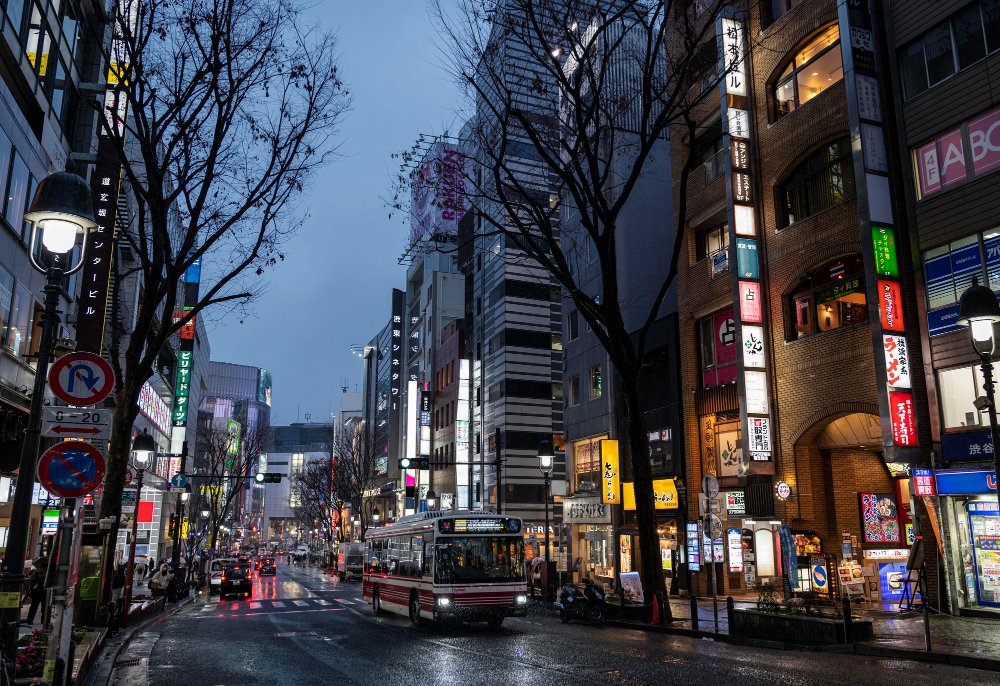
To really understand Kumamoto, don’t just see — experience its traditions and everyday life.
Festivals in the Area
- Kumamoto Castle Festival (March–April): Parades, performances, and food stalls.
- Hinokuni Festival (August): Traditional dances and lanterns lighting up the streets.
- Fujisaki Hachimangu Autumn Festival: Horse parades and samurai reenactments celebrating martial heritage.
Arts and Crafts
- Higo Zogan: Metal inlay craft made by samurai artisans.
- Kumamoto Ceramics and Pottery: Especially from Aso, known for earthy tones and simplicity.
- Kumamon Merchandise: The cute bear mascot — a symbol of local pride.
Nature and Outdoor Activities
- Cycling Around Aso: Scenic roads connecting small towns.
- Hiking Trails: Paths near Mount Aso and Kurokawa for photography.
- Farm Stays: Experience rural life and Japanese hospitality.
These experiences make the Kumamoto travel guide come alive through art, people, and nature.
7. Useful Travel Information
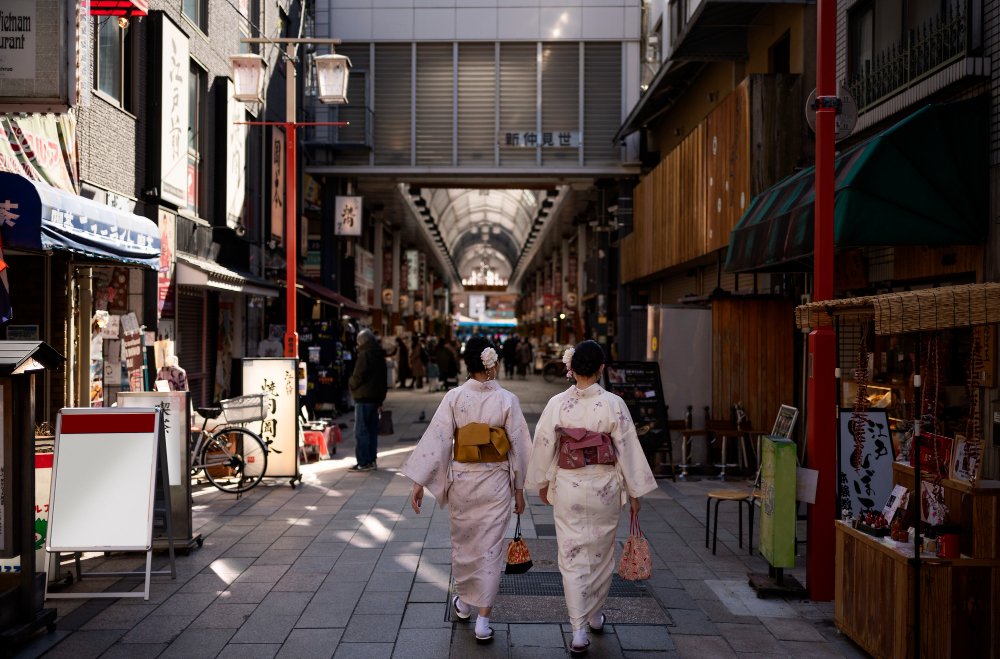
How to Get to Kumamoto
- By Plane:
- Kumamoto Airport (Aso Kumamoto Airport) has flights to Tokyo, Osaka, and other major cities.
- Buses take about 45 minutes to reach the city center.
- By Train:
- Kyushu Shinkansen connects Kumamoto to Fukuoka (Hakata) in 45 minutes and Kagoshima in about an hour.
- Ideal for Japan Rail Pass users.
How to Get Around
- Trams and Buses: Efficient in Kumamoto City.
- Car Rental: Best for Mount Aso, Amakusa, and rural areas.
- Bicycles: Eco-friendly rentals available near Aso Station and Kurokawa.
Where to Stay
- Kumamoto City: Great for first-time visitors near the castle, shopping, and restaurants.
- Aso Area: Perfect for nature lovers and hikers.
- Kurokawa Onsen: Ideal for traditional ryokan stays and hot springs.
- Amakusa: Excellent for beaches and quiet retreats.
Itinerary Suggestion (3–5 Days)
- Day 1: Visit Kumamoto Castle, Suizenji Garden, and enjoy local food.
- Day 2: Explore Mount Aso and Kusasenri Plateau.
- Day 3: Relax in Kurokawa Onsen.
- Optional: Day trips to Amakusa or Hitoyoshi.
8. When to Go to Kumamoto
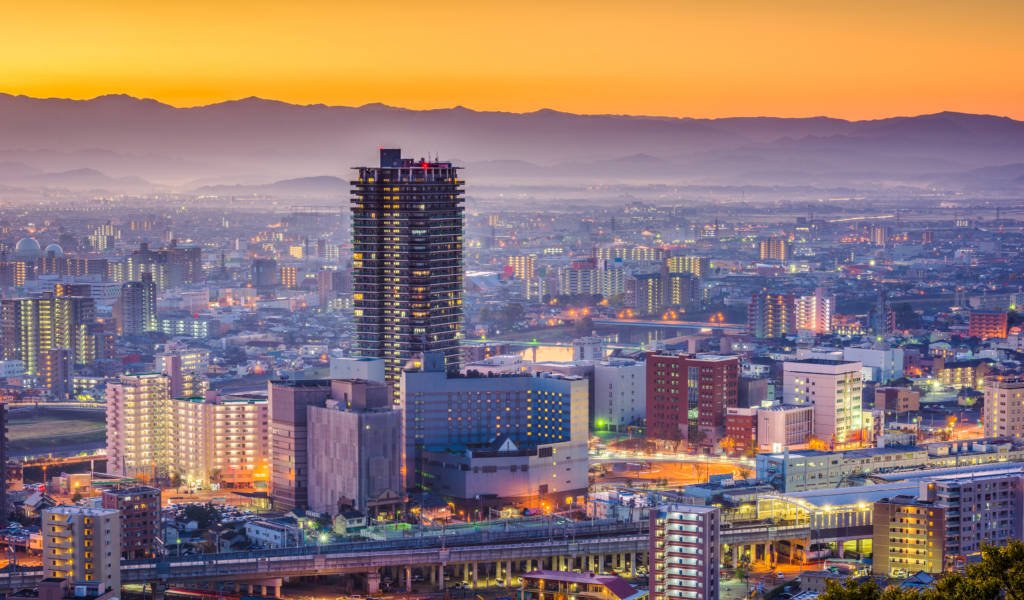
Kumamoto’s mild weather makes it enjoyable year-round, but each season has its charm:
- Spring (March–May): Cherry blossoms at the castle and lush fields around Aso.
- Summer (June–August): Festivals, fireworks, and vibrant countryside.
- Autumn (September–November): Fiery foliage and cool air — perfect for hiking.
- Winter (December–February): Snowy scenery and relaxing hot springs.
Spring and autumn are best for photographers, offering natural light and stunning landscapes that capture Kumamoto’s timeless beauty.
9. Traveling Safely in Kumamoto
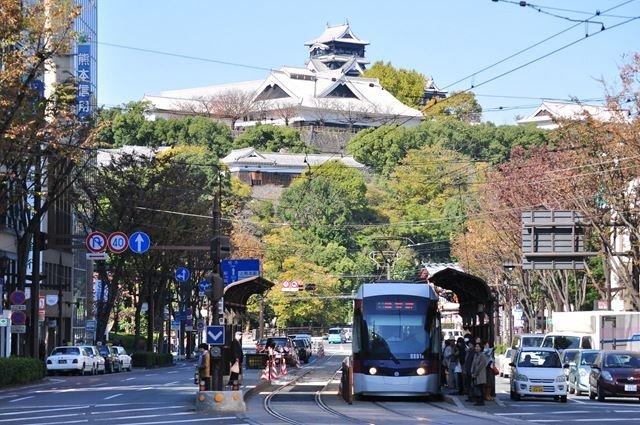
As tourism grows, travelers are urged to be respectful and environmentally friendly.
- Support Local Businesses: Choose family-run ryokans and restaurants.
- Respect Nature: Stay on marked trails and follow safety rules around Mount Aso.
- Learn Local Customs: Simple greetings in Japanese go a long way.
- Reduce Waste: Carry a reusable bottle; Japan’s tap water is safe and clean.
Mindful travel helps protect the treasures highlighted in this Kumamoto travel guide for future generations.
10. Last Thoughts: Why You Should Go to Kumamoto in Japan
Kumamoto has everything that makes Japan special — ancient castles, spiritual landscapes, volcanoes, and delicious food. It rewards those who are curious, patient, and attentive.
Some cities change quickly with trends, but Kumamoto stays true to its roots and traditions. This makes it perfect for an evergreen Kumamoto travel guide — the experiences here are timeless.
Kumamoto invites you to slow down and connect with Japan, nature, and yourself — whether walking the castle grounds, admiring Mount Aso’s crater, or enjoying a quiet meal in a local izakaya.
Don’t Miss:
- 7, 10, or 14 Days in Kyushu (With or Without a JR Pass)
- The Best Cities and Neighborhoods to Stay in Kyushu
- Hakata Ramen, Yatai Stalls, and Local Specialties in Kyushu

